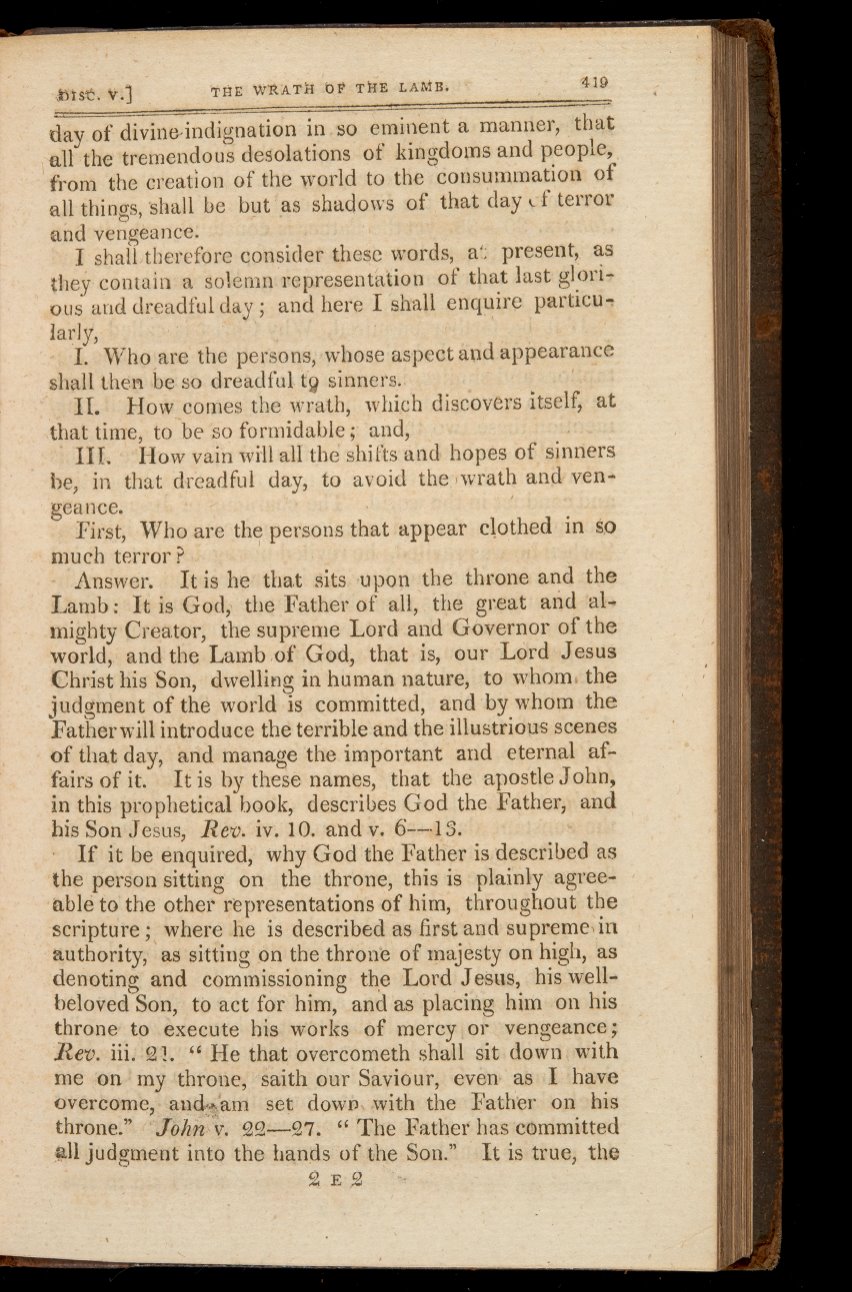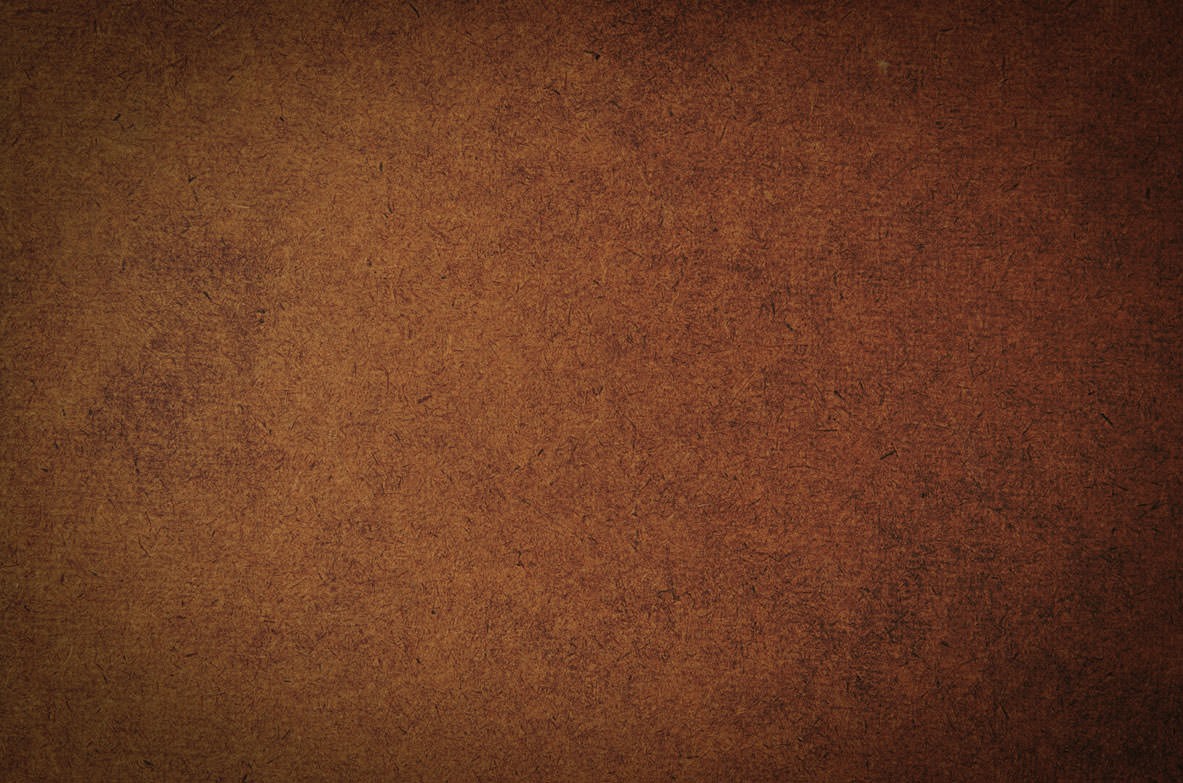

;tìtSt.
V.]
THE
WYLATH OF
THE
LAMB.
419
day of
divine
indignation
in
so
eminent a manner,
that
all the tremendous desolations
of
kingdoms and
people,
from the creation
of
the world
to
the
consummation
of
all
things,
shall
be
but
as
shadows
of that
day
f
terror
and
vengeance.
I
shall
therefore consider these
words,
a`:
present,
as
they
contain
a solemn
representation of that last glori-
ous and
dreadful
day;
and here
I
shall
enquire
particu-
lady,
I.
Who are the persons,
whose
aspect and
appearance
shall
then
be
so
dreadful
tQ
sinners.
II.
How
comes the
wrath,
which discovers itself,
at
that
time, to be
so
formidable;
and,
III.
How vain
will
all the shifts
and hopes
of
sinners
be, in
that dreadful
day,
to
avoid the
wrath and ven-
geance.
First, Who
are
the
persons
that appear
clothed
in
so
much
terror
?
Answer.
It
is
he
that
sits -upon
the throne and the
Lamb:
It
is
God, the
Father of
all,
the
great and
al-
mighty
Creator,
the supreme
Lord
and
Governor of the
world, and the Lamb
of
God,
that
is,
our
Lord
Jesus
Christ
his Son,
dwelling in
human nature,
to whom.
the
judgment
of
the world
is
committed, and
by
whom
the
Father
will
introduce the terrible
and the
illustrious
scenes
of
that
day,
and manage the
important
and eternal af-
fairs
of
it.
It
is
by
these names,
that
the apostle
John,
in this
prophetical
book,
describes
God the
Father, and
his Son
Jesus, Rev.
iv.
10.
and
V.
6
-13.
If
it
be
enquired,
why
God
the
Father
is
described as
the person
sitting on the throne,
this
is
plainly agree-
able
to the
other representations
of
him,
throughout the
scripture
;
where
he
is
described
as
first and supreme, in
authority,
as
sitting
on the
throne
of
majesty on
high, as
denoting and
commissioning the
Lord Jesus,
his well
-
beloved
Son,
to
act
for
him,
and
as
placing
him on
his
throne
to
execute
his
works
of
mercy
or
vengeance;
Rev.
iii. 21.
"
He
that
overcometh
shall
sit
down
with
me
on
my
throne, saith
our
Saviour,
even
as
I
have
overcome,
and!r.am
set
down with
the
Father
on
his
throne."
John
v.
22
-27.
" The Father
has committed
all judgment
into
the
hands
of
the
Son."
It
is
true,
the
E
2

















